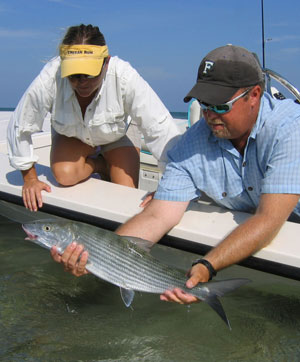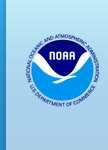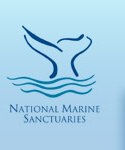Mangroves and seagrass provide habitat for important commercial and recreational species, help stabilize the seafloor, and filter pollutants

Seagrass habitat helps to support a thriving, multi-million dollar recreational fishery including flats fishing for bonefish and tarpon.
Almost all fish and shellfish caught by commercial and recreational anglers spend some part of their life cycles in or near mangroves. And many animals such as Key deer and great white heron call the mangrove habitat home.
Seagrass communities, in turn are home to a wide range of critters at some part of their life cycles, including pink shrimp, lobster, red fish, and stone crab. By providing food and shelter to a range of fish, in 2010, seagrass beds supported an estimated $13.9 million in stone crab, spiny lobster, shrimp, yellowtail snapper, gray snapper, and blue crab harvests for Monroe County.
Both mangroves and seagrass play an important role in holding down the ground. The roots of mangroves help absorb the action from waves and help prevent shoreline erosion. When these trees and shrubs are removed, additional support structures such as seawalls are needed. Along the same lines, seagrass stabilize sediments on the seafloor. Without seagrass, most areas where they currently live would be a seascape of shifting sand and mud.
Mangroves and seagrass also filter pollutants, absorb excess nutrients from runoff, and trap sediments, helping to increase the clarity and quality of waters.


